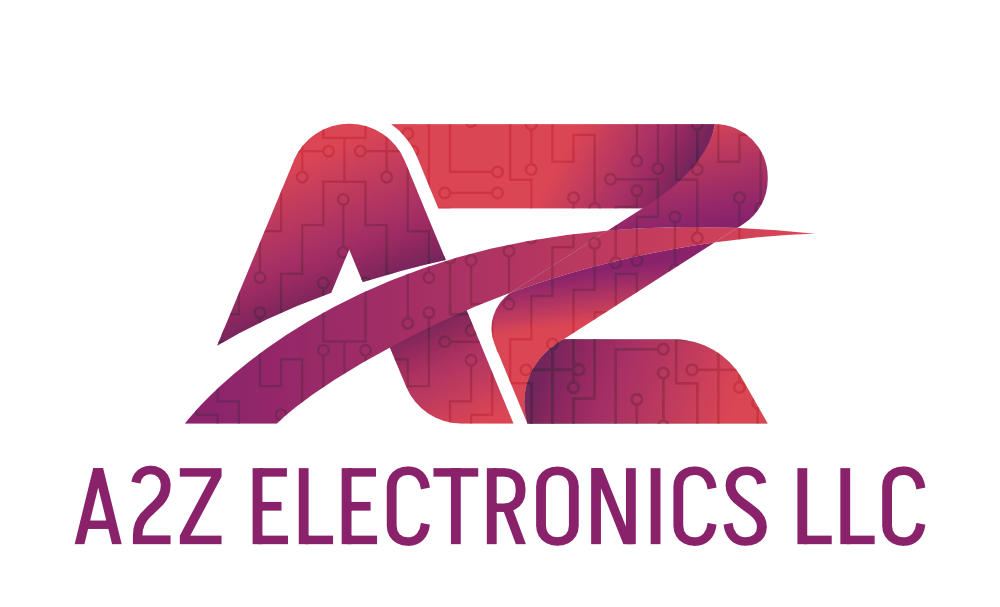A Detailed Guide to Surface Mount Technology (SMT) in PCB Assembly
- Harshit Shah
- Mar 29
- 4 min read

As technology advances, electronic devices become smaller, faster, and more efficient. To keep up with these demands, Surface Mount Technology (SMT) has become the preferred method for assembling modern circuit boards.
From smartphones and medical devices to aerospace and automotive electronics, SMT circuit board assembly allows manufacturers to produce compact and highly functional PCB SMT designs with increased precision. But what exactly is SMT technology, and why is it so important in modern electronics?
In this guide, we’ll explore what SMT technology is, how it works, its benefits, and what the future holds for surface mount PCB assembly.
What is Surface Mount Technology (SMT) in PCB Assembly?
Surface Mount Technology (SMT) is a method of assembling electronic components directly onto the surface of a PCB without drilling holes. Unlike traditional through-hole mounting, SMT mounting allows for higher component density, reducing the overall size and weight of SMT circuit boards.
The components used in soldering surface mount technology are called SMT electronic components, which include resistors, capacitors, ICs, and other small devices. These components are designed with tiny metal leads or pads that attach directly to the surface mount PCB board using solder paste.
Types of SMT and How to Pick the Right One?
There are different types of surface mount technology assembly, and selecting the right one depends on the design complexity, cost, and production volume. Here are some common SMT types:
1. Passive SMT Components
Small components like resistors and capacitors with metal terminations.
Used for simple signal processing and power distribution.
2. Active SMT Components
Integrated circuits (ICs), microcontrollers, and transistors.
Used in SMT circuit boards for processing and control functions.
3. Ball Grid Arrays (BGA)
Advanced SMT/SMD components with solder balls under the chip for increased connection points.
Ideal for high-performance SMT circuit board assembly in computing and telecommunications.
Interesting Reads: 10 Popular Types of Surface Mount Device Packages in Modern Electronics
SMT vs SMD – Understanding the Difference

Many people use SMT vs SMD interchangeably, but they are not the same.
SMT (Surface Mount Technology) refers to the process of assembling components onto a surface mount board.
SMD (Surface Mounted Device) refers to the actual electronic components used in the SMT process.
In short, SMD PCB assembly involves placing SMD components using the SMT board assembly process.
Advantages of SMT in PCB Assembly
The shift to surface mount PCB assembly has revolutionized the electronics industry. Here’s why manufacturers prefer SMT circuit board assembly over traditional methods:
Smaller & Lighter Design – Compact SMT SMD components reduce the size and weight of surface mount circuit boards.
Higher Component Density – Maximizes board space by placing SMT electronic components on both sides of a PCB.
Faster Production – Surface mount assembly speeds up manufacturing with automated placement machines.
Better Electrical Performance – Shorter paths between SMD components improve signal integrity and reduce interference.
Cost-Effective – Fewer drilled holes and automated assembly lower SMT PCB assembly costs.
SMT Assembly Process: Step-by-Step Guide
The surface mount technology process follows these essential steps:
Solder Paste Application – A stencil applies solder paste to the PCB’s contact pads.
Component Placement – High-speed machines place SMT electronic components on the board.
Soldering (Reflow Process) – The board enters a reflow oven, where solder paste melts and solidifies, securing the components.
Inspection & Testing – Automated optical inspection (AOI) checks for soldering defects and misaligned components.
Final Assembly & Packaging – Completed SMT circuit boards are tested and prepared for use.
Environmental Impact of SMT Assembly
With the growing demand for sustainable manufacturing, the environmental impact of SMT assembly is an important consideration. Here’s how surface mount PCB assembly contributes to eco-friendly production:
Less Material Waste – Uses fewer materials compared to traditional through-hole soldering.
Lower Energy Consumption – Automated processes reduce overall power usage.
Lead-Free Solder Options – Many manufacturers now use RoHS-compliant solder to minimize toxic waste.
Future Trends in Surface Mount Technology (SMT)

The future of surface mount technology PCB assembly is evolving rapidly. Here are some emerging trends shaping the industry:
🔹 Miniaturization – Increasing demand for smaller SMD printed circuit boards with ultra-compact components.
🔹 Automation & AI – Machine learning is improving defect detection and optimizing the surface mount technology process.
🔹 Flexible & Wearable Electronics – The rise of flexible surface mount prototype boards for medical and consumer applications.
🔹 Lead-Free & Eco-Friendly Manufacturing – More companies are adopting sustainable surface mount assembly techniques.
Interesting Reads : What is a Ball Grid Array (BGA)? A Comprehensive Guide
SMT PCB Assembly Cost Considerations
When planning an SMT circuit board assembly, manufacturers must consider various cost factors, including:
Material Costs – High-quality SMT components may be more expensive but improve reliability.
Production Volume – Higher quantities reduce per-unit costs due to economies of scale.
Automation vs. Manual Assembly – Automated SMT mounting saves labor costs but requires an initial investment in equipment.
Testing & Quality Control – Ensuring defect-free production adds costs but prevents expensive rework or failures.
Why Choose A2ZEMS for Your SMT PCB Assembly?
Partnering with the right SMT PCB assembly provider can significantly impact your product’s quality, reliability, and cost-effectiveness. At A2ZEMS, we specialize in high-precision surface mount PCB assembly, ensuring:
Optimized SMT processes for efficient production and minimal defects.
State-of-the-art SMT mounting technology for high-performance PCBs.
Custom SMT solutions tailored to your product’s unique requirements.
With a commitment to quality and innovation, A2ZEMS delivers top-tier SMT circuit board assembly solutions that meet the demands of modern electronics manufacturing.
Contact us today to learn how we can optimize your PCB assembly through surface mount technology.
Conclusion
Surface Mount Technology (SMT) has transformed PCB assembly, enabling manufacturers to produce compact, efficient, and high-performance electronic devices. By adopting the right SMT process, selecting the best SMD components, and optimizing surface mount assembly, businesses can enhance product quality while reducing costs.


Comments